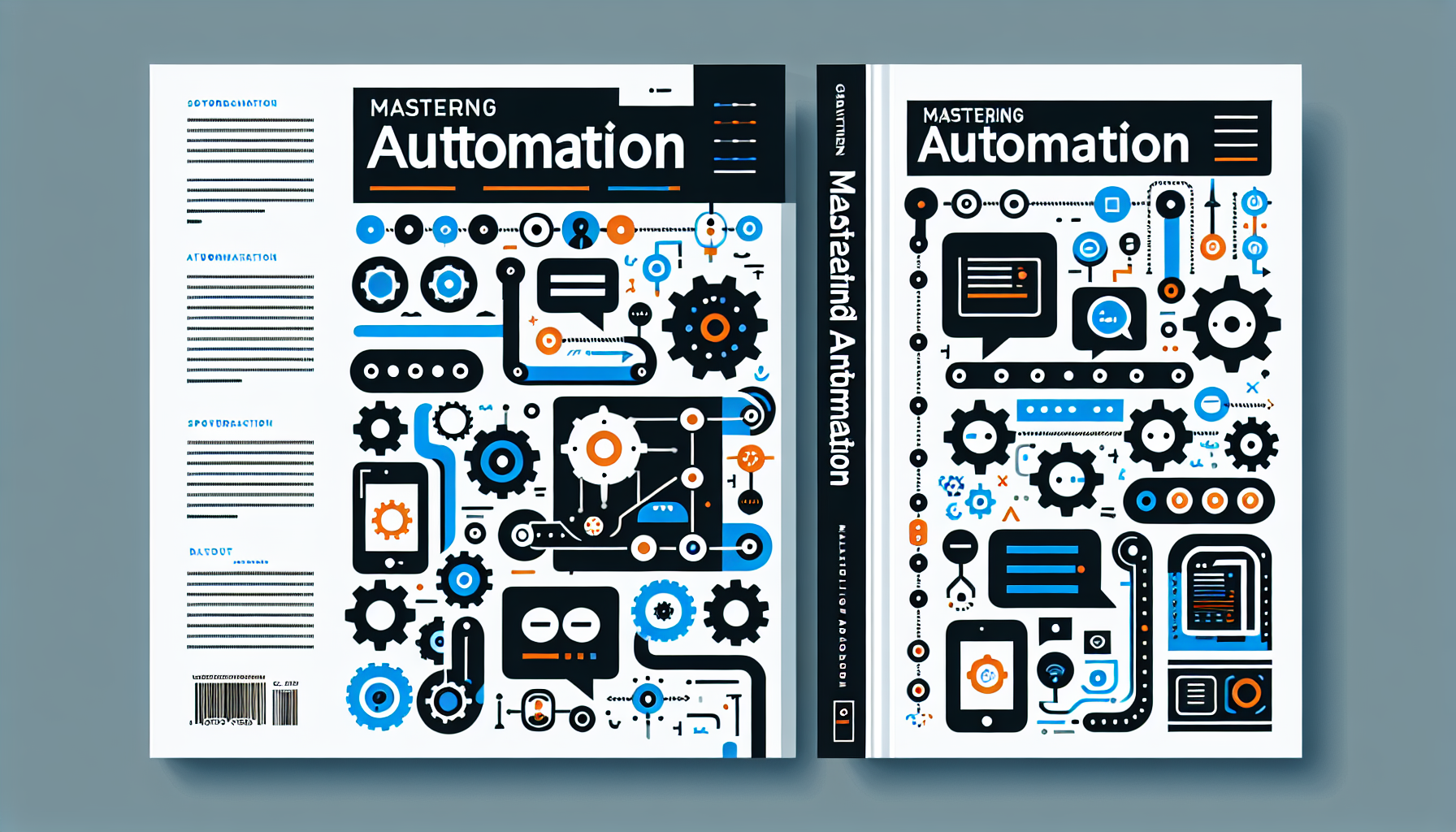Understanding Automation in Modern Applications
Automation in today’s digital landscape is crucial for enhancing productivity and efficiency. With various AI applications dominating the market, choosing the right platform can be overwhelming. One of the leading contenders is OpenAI’s ChatGPT. This guide will focus on mastering automation through ChatGPT while comparing it with other tools in the space.
What is ChatGPT?
ChatGPT is a language model developed by OpenAI that can understand and generate human-like text. It is based on the GPT (Generative Pre-trained Transformer) architecture, which leverages deep learning to process natural language. ChatGPT can be employed in various applications, from customer service to content creation.
Use Cases for ChatGPT
-
Customer Support Automation
- Benefits: ChatGPT can interact with users in real-time, providing quick resolutions to frequently asked questions. This reduces the burden on human agents, allowing them to focus on complex issues.
- Implementation: Integrating ChatGPT into chat systems can streamline customer inquiries, resulting in faster response times and improved customer satisfaction.
-
Content Generation
- Benefits: Businesses can use ChatGPT to draft blog posts, marketing materials, or social media content. It can generate creative ideas and help maintain a consistent content calendar.
- Implementation: By feeding ChatGPT prompts related to specific topics, companies can generate drafts that require minimal editing.
-
Personal Assistants
- Benefits: ChatGPT functions well as a digital assistant, helping users schedule appointments, manage tasks, and set reminders seamlessly.
- Implementation: Integration into existing workflow applications can enhance productivity, freeing users from repetitive tasks.
Key Features of ChatGPT
- Contextual Understanding: ChatGPT retains context in conversations, making it capable of engaging in nuanced dialogues.
- Customization: Users can fine-tune its behavior to match specific communication styles or terminology.
- Multi-turn Capabilities: The model can handle multiple interactions, making it suitable for complex conversations that require back-and-forth exchanges.
Comparing ChatGPT with Other Automation Tools
There are several alternatives to ChatGPT in the realm of automation, including Microsoft Azure Bot Service, Amazon Lex, and Google Dialogflow. Each tool has its unique features and advantages.
1. Microsoft Azure Bot Service
- Strengths: Seamless integration with Microsoft products and services. It offers robust monitoring and analytics capabilities.
- Weaknesses: More complex setup compared to ChatGPT, requiring knowledge of Azure infrastructure.
- Best For: Organizations heavily invested in the Microsoft ecosystem.
2. Amazon Lex
- Strengths: Great for building applications that require voice integration. Offers natural language processing capabilities powered by the same technology as Alexa.
- Weaknesses: Limited contextual understanding compared to ChatGPT’s conversational abilities.
- Best For: Companies focusing on voice-activated interfaces.
3. Google Dialogflow
- Strengths: Powerful natural language processing, easy integration with Google Cloud Services, and great for multilingual applications.
- Weaknesses: Initial learning curve can be steep; thus less user-friendly for beginners.
- Best For: Businesses needing strong language support across various languages.
Factors to Consider When Choosing an Automation Solution
-
Budget: Evaluate the cost of implementation and ongoing usage for each tool. OpenAI offers flexible pricing structures for ChatGPT that can accommodate small to large businesses.
-
Ease of Integration: Consider how easily the tool integrates with existing systems and software infrastructure. ChatGPT offers APIs that are easy to integrate with various platforms.
-
Customization Options: Assess the level of customization available to match your brand’s tone and voice. ChatGPT allows for extensive customization based on user input.
-
Scalability: Make sure the tool can grow with your business needs. ChatGPT can handle increased user loads without significant changes to architecture.
-
Support and Documentation: The availability of community support, resources, and documentation can enhance user experience. OpenAI provides extensive resources and community forums for ChatGPT users.
Best Practices for Implementing ChatGPT
-
Define Clear Objectives: Identify specific areas where ChatGPT can add value. Whether it’s reducing response times in customer service or generating quality content, having a clear plan is essential.
-
Continuous Training: Regularly update the model with new data to ensure it stays relevant and accurate. Implementing feedback loops can help improve its responses.
-
Monitor Performance: Use analytics tools to track engagement and performance. This can reveal insights that guide further refinement and adjustment of the automation strategies.
-
User-Centric Design: Ensure that the experience feels natural for users. Tailor prompts and responses to reflect your brand’s personality.
-
Regulate User Interactions: Define boundaries for automated interactions to ensure users know when they are speaking to a bot vs. a human to maintain transparency.
SEO Optimization Strategies for Content Generated by ChatGPT
-
Keyword Research: Before generating content, perform thorough keyword research to identify high-value keywords relevant to your niche.
-
Content Structure: Ensure that the generated content has a clear structure: use H1, H2, H3 tags appropriately. Incorporate bullet points for easy readability and scannability.
-
Meta Descriptions and Tags: Don’t forget to add compelling meta descriptions and tags to the generated content for better indexing by search engines.
-
Internal and External Links: Include internal links pointing to other relevant content on your site and external links to authoritative sources for credibility.
-
Regular Updates: Keep the content fresh by revisiting older posts and updating them with new insights or data.
Conclusion of the Guidance
Mastering automation with ChatGPT involves understanding its strengths, the comparison with other platforms, and implementing best practices for effective deployment. By evaluating individual business needs, objectives, and available resources, organizations can leverage ChatGPT to maximize their operational efficiency and enhance customer interactions. Choosing the appropriate automation tool can lead to significant advantages in today’s competitive landscape.


